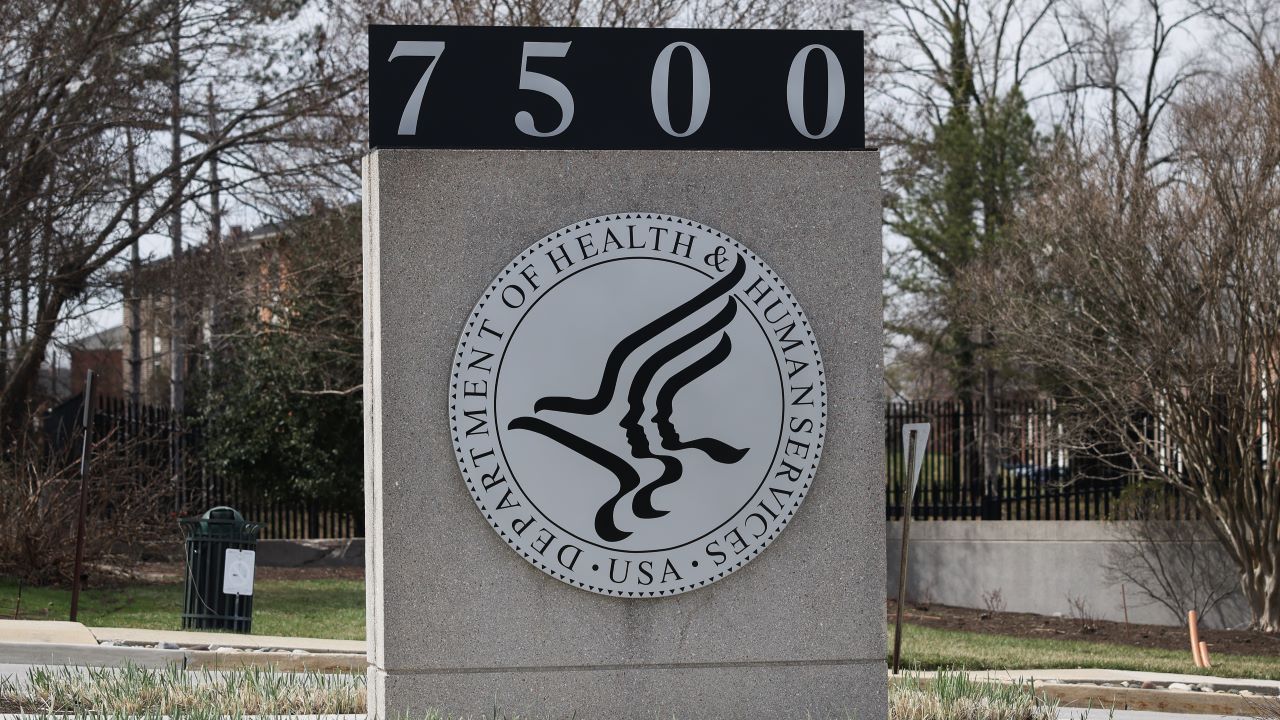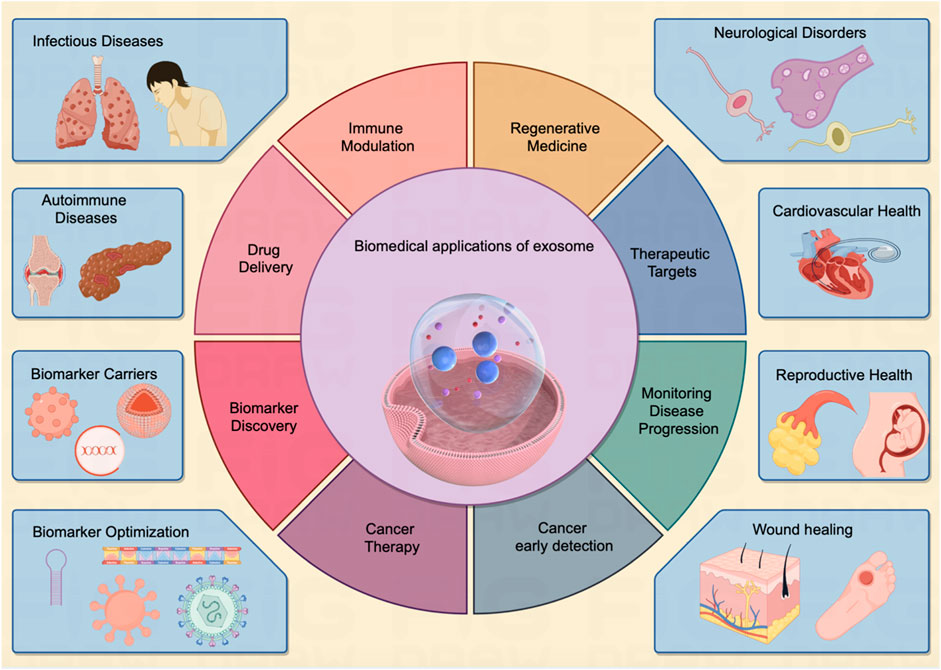Report on the Role of Medicare and Medicaid in Advancing Sustainable Development Goals
This report analyzes the 60-year history of the Medicare and Medicaid programs in the United States, evaluating their contributions and challenges in the context of the United Nations Sustainable Development Goals (SDGs). The establishment of these programs marked a foundational step toward achieving universal health coverage, a core target of SDG 3 (Good Health and Well-being).
- Medicare Enrollment: Over 68 million beneficiaries.
- Medicaid Enrollment: Over 71 million beneficiaries.
The enduring public support for these programs underscores their critical role in the national framework for health and social protection, aligning with the principles of SDG 1 (No Poverty) and SDG 10 (Reduced Inequalities).
Historical Context: Foundations for Health and Economic Security
Early Public Assistance and Precursor Legislation
The period following the Industrial Revolution and the Great Depression saw increased public demand for social safety nets to combat widespread economic insecurity. This movement led to foundational legislation aimed at improving public welfare.
- The Social Security Act (1935): Established a federal retirement income program, providing a crucial buffer against poverty for older adults, directly contributing to SDG 1.
- The Kerr-Mills Act (1960): Provided federal funding to states for the health care of individuals on social assistance, a precursor to broader health coverage initiatives.
- Supplemental Nutrition Assistance Program (SNAP) (1964): Established to reduce food insecurity, this program addresses a key determinant of health and directly supports SDG 2 (Zero Hunger).
Establishment of Medicare and Medicaid (1965)
The passage of the Social Security Amendments of 1965 created Medicare and Medicaid, institutionalizing health coverage for vulnerable populations. This legislation was a landmark achievement for SDG 3, providing health insurance for older adults, people with disabilities, and individuals with low incomes. Critically, the implementation of Medicare was instrumental in enforcing the Civil Rights Act of 1964, driving the desegregation of hospitals and making significant strides toward SDG 10 (Reduced Inequalities) by mitigating racial and ethnic disparities in health care access.
Programmatic Evolution and Expansion: Broadening Health Equity
Key Legislative Milestones
Subsequent legislation expanded the scope and inclusivity of these programs, further aligning them with the principles of leaving no one behind.
- 1972 Expansion: Medicare eligibility was extended to individuals with disabilities and end-stage renal disease, regardless of age, reinforcing the commitment to health for all under SDG 3.
- Balanced Budget Act of 1997: This act established the Children’s Health Insurance Program (CHIP) to cover children in low-income families and created Medicare Part C (Medicare Advantage), offering varied coverage options.
- Medicare Modernization Act of 2003: Introduced the Part D prescription drug benefit, addressing a critical component of health care costs and access.
The Affordable Care Act (ACA) and Subsequent Reforms
The Affordable Care Act of 2010 represented a major advancement in the pursuit of universal health coverage. By creating the Health Insurance Marketplace and expanding Medicaid eligibility, the ACA significantly increased access to care, directly supporting SDG 3. Provisions within the ACA also improved the quality of care by emphasizing prevention and strengthening consumer protections. More recently, the Inflation Reduction Act of 2022 introduced measures to lower prescription drug costs, enhancing the affordability and accessibility of health care, which is vital for achieving SDG 1 and SDG 3.
Contemporary Challenges and the Path Toward Sustainable Health Systems
Policy Impacts on Vulnerable Populations
Recent policy shifts present challenges to the progress made in health equity. Legislative actions that curtail access for specific groups, such as lawfully present immigrants, and reduce retroactive Medicaid coverage undermine the goal of SDG 10 (Reduced Inequalities). Such measures risk leaving vulnerable populations with unaffordable medical debt, creating setbacks in the mission to ensure health and well-being for all.
Addressing Gaps in Coverage and Affordability
Despite their success, the programs face ongoing challenges that hinder the full realization of their goals. To fully align with SDG 3, comprehensive coverage must be achieved.
- Coverage Gaps: A lack of integrated dental, vision, and hearing coverage in traditional Medicare remains a significant barrier to holistic health for older adults and people with disabilities.
- Affordability and Access: Cost-assistance programs like Medicare Savings Programs are underenrolled, indicating a need for improved outreach and simplified enrollment processes to alleviate the financial burden on low-income beneficiaries, a key aspect of SDG 1.
- System Sustainability: Ensuring the long-term financial health of Medicare and Medicaid is paramount. This requires effective governance and regulation, such as managing Medicare Advantage payments and implementing site-neutral reimbursements, reflecting the principles of SDG 16 (Peace, Justice and Strong Institutions).
Conclusion: Reinforcing Commitment to Universal Health Coverage
For 60 years, Medicare and Medicaid have been cornerstones of public health in the United States, making substantial contributions to SDG 3 (Good Health and Well-being), SDG 1 (No Poverty), and SDG 10 (Reduced Inequalities). The continued progress of these programs depends on a steadfast governmental commitment to protect and strengthen them as essential public institutions. Achieving truly universal and equitable health care requires addressing existing coverage gaps, ensuring affordability, and maintaining the sustainable and just governance of these vital systems in alignment with global development objectives.
Analysis of SDGs in the Article
1. Which SDGs are addressed or connected to the issues highlighted in the article?
The article on Medicare and Medicaid addresses several Sustainable Development Goals (SDGs) by focusing on the provision of health care, social protection, and the reduction of inequalities in the United States. The following SDGs are relevant:
- SDG 1: No Poverty – The article discusses public assistance programs like Medicaid, which are designed for people with limited incomes, aiming to alleviate the economic insecurity associated with health care costs.
- SDG 3: Good Health and Well-being – This is the central theme of the article, which details the establishment, expansion, and impact of national health insurance programs (Medicare and Medicaid) on the health of millions of Americans.
- SDG 10: Reduced Inequalities – The article explicitly mentions that these programs serve specific vulnerable groups, such as older adults, people with disabilities, and low-income families. It also highlights Medicare’s role in reducing racial and ethnic disparities in health care and driving hospital desegregation.
- SDG 16: Peace, Justice and Strong Institutions – The article describes the legislative creation and evolution of Medicare and Medicaid as large-scale, state-run institutions designed to deliver a public good (health care), reflecting the development of effective and accountable systems.
2. What specific targets under those SDGs can be identified based on the article’s content?
Based on the article’s discussion of health care access, social safety nets, and equality, the following specific SDG targets can be identified:
- Target 3.8: Achieve universal health coverage, including financial risk protection, access to quality essential health-care services and access to safe, effective, quality and affordable essential medicines and vaccines for all.
- Explanation: The entire article is about Medicare and Medicaid, which are programs designed to provide health coverage to large segments of the population. The text discusses their role in making health care “accessible and affordable,” expanding coverage for prescription drugs (Part D), and increasing access to vaccines through the Inflation Reduction Act. The challenges mentioned, such as “coverage gaps” and “unaffordable bills,” directly relate to the goal of achieving universal health coverage and financial risk protection.
- Target 1.3: Implement nationally appropriate social protection systems and measures for all, including floors, and by 2030 achieve substantial coverage of the poor and the vulnerable.
- Explanation: The article describes Medicare and Medicaid as “public assistance programs” created to “alleviate widespread economic insecurity.” They function as a social protection system for specific vulnerable populations: older adults (Medicare), people with disabilities (Medicare), and people with limited incomes and their children (Medicaid and CHIP). The article quantifies their reach, stating they cover over 68 million and 71 million people, respectively, demonstrating substantial coverage for the vulnerable.
- Target 10.2: By 2030, empower and promote the social, economic and political inclusion of all, irrespective of age, … disability, race, … ethnicity, … or economic or other status.
- Explanation: The article highlights that Medicare and Medicaid were created specifically for “older adults, people with disabilities, and people with limited incomes,” thereby promoting their inclusion in the health care system. It further states that Medicare “continues to reduce racial and ethnic disparities in health care access and coverage,” directly addressing the goal of reducing inequality based on race and ethnicity.
- Target 10.3: Ensure equal opportunity and reduce inequalities of outcome, including by eliminating discriminatory laws, policies and practices…
- Explanation: The article provides a clear historical example of this target by stating that “The enactment of Medicare in 1965 helped enforce the previous year’s Civil Rights Act, driving hospital desegregation across the country.” This action directly used a federal program to eliminate a discriminatory practice and reduce an inequality of outcome.
3. Are there any indicators mentioned or implied in the article that can be used to measure progress towards the identified targets?
Yes, the article mentions several quantitative and qualitative indicators that can be used to measure progress:
- For Target 3.8 (Universal Health Coverage):
- Indicator: Number of beneficiaries enrolled in public health insurance programs.
Explanation: The article provides specific numbers: “Medicare has an enrollment of over 68 million and Medicaid, over 71 million.” This data directly measures the population covered by these essential health services. - Indicator: Scope of covered health services.
Explanation: The article mentions the inclusion of hospital insurance (Part A), medical insurance (Part B), prescription drug coverage (Part D), and preventive care. It also points to gaps by noting that “Medicare must include dental, vision, and hearing coverage,” implying that the comprehensiveness of coverage is a key metric.
- Indicator: Number of beneficiaries enrolled in public health insurance programs.
- For Target 1.3 (Social Protection Systems):
- Indicator: Proportion of the population covered by social protection programs, by group.
Explanation: The article provides enrollment figures for programs targeting specific groups: older adults and people with disabilities (Medicare), children from lower-income families (CHIP), and people with low incomes (Medicaid). These figures serve as a direct measure of coverage for vulnerable populations.
- Indicator: Proportion of the population covered by social protection programs, by group.
- For Target 10.2 and 10.3 (Reduced Inequalities):
- Indicator: Reduction in disparities in health insurance coverage among different racial and ethnic groups.
Explanation: The article states that Medicare “continues to reduce racial and ethnic disparities in health care access and coverage.” Progress could be measured by tracking insurance rates across different demographic groups over time. - Indicator: Elimination of segregation in health care facilities.
Explanation: The article points to a historical indicator by mentioning that Medicare’s enactment was instrumental in “driving hospital desegregation across the country.”
- Indicator: Reduction in disparities in health insurance coverage among different racial and ethnic groups.
- For Target 16.6 (Effective Institutions):
- Indicator: Public favorability and perception of government programs.
Explanation: The article cites polling data showing “82% of American adults hold a generally favorable view of Medicare,” which can be used as a proxy indicator for the public’s trust and perceived effectiveness of the institution.
- Indicator: Public favorability and perception of government programs.
4. Summary Table of SDGs, Targets, and Indicators
| SDGs | Targets | Indicators |
|---|---|---|
| SDG 1: No Poverty | 1.3: Implement nationally appropriate social protection systems and measures for all…and achieve substantial coverage of the poor and the vulnerable. | Enrollment numbers in social protection programs like Medicaid and CHIP for low-income individuals and families. |
| SDG 3: Good Health and Well-being | 3.8: Achieve universal health coverage, including financial risk protection, access to quality essential health-care services and access to safe, effective, quality and affordable essential medicines and vaccines for all. | Number of people enrolled in Medicare (68 million) and Medicaid (71 million). Scope of services covered (e.g., inpatient, outpatient, prescription drugs) and identified gaps (dental, vision, hearing). |
| SDG 10: Reduced Inequalities | 10.2: Empower and promote the social…inclusion of all, irrespective of age, … disability, race, … ethnicity, … or economic or other status. | Provision of health coverage to specific groups: older adults, people with disabilities, and low-income individuals. Reduction in racial and ethnic disparities in health care coverage. |
| 10.3: Ensure equal opportunity and reduce inequalities of outcome, including by eliminating discriminatory…policies and practices… | Historical impact of Medicare in driving hospital desegregation, enforcing the Civil Rights Act. | |
| SDG 16: Peace, Justice and Strong Institutions | 16.6: Develop effective, accountable and transparent institutions at all levels. | Public opinion polling on program favorability (e.g., 82% favorable view of Medicare). |
Source: medicarerights.org







